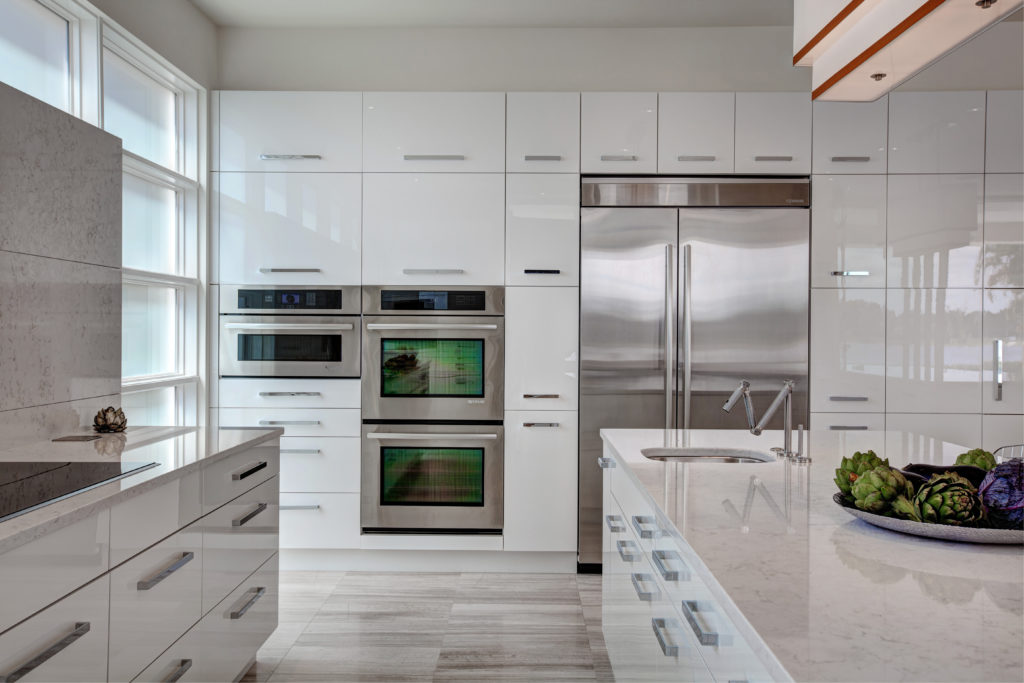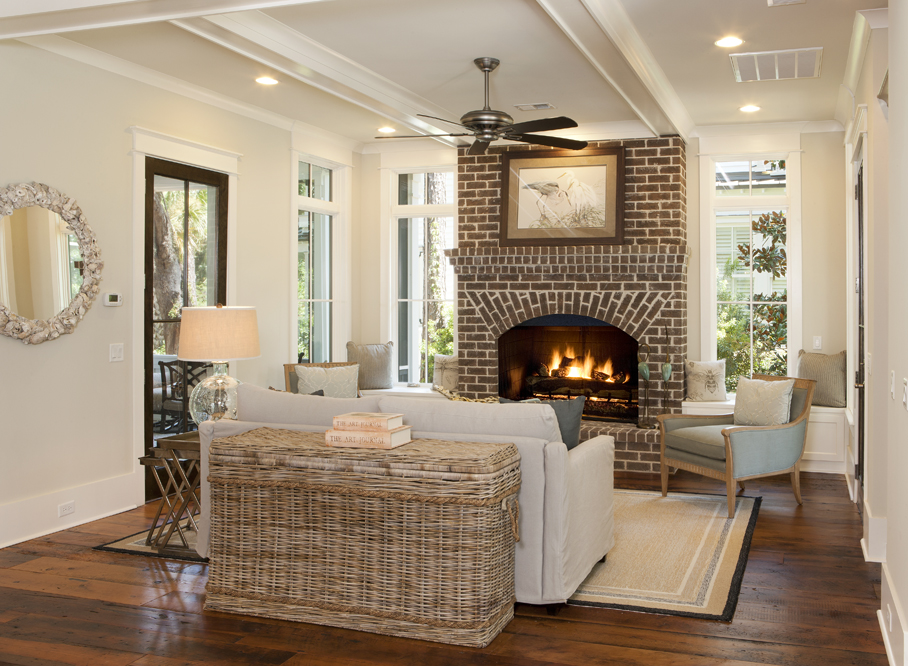NAHB’s Remodeling Marketing Index survey shows that most remodelers are incorporating plenty of green building products and practices into their work. Here are the top ten.
| Low-e windows | 89% |
| High efficiency HVAC systems | 70% |
| Programmable thermostats | 70% |
| ENERGY STAR appliances | 69% |
| Argon gas windows | 65% |
| Moisture control measures to enhance durability | 62% |
| Ceiling fans | 62% |
| Water conserving faucets and fixtures | 62% |
| Improving the home’s thermal envelope | 59% |
| Duct systems designed to minimize leakage | 53% |
1. Low-e windows
For clients that want homes bursting with windows, Remodelers can increase energy-efficiency and reduce energy costs by installing low-e windows without compromising the view. In warmer climates, the windows’ reflective coating should face the outside to keep out the sun’s heat; in cooler areas, their reflective coating should face the interior to keep heat in.
2. High efficiency HVAC systems
When selecting an HVAC system, be sure to consider the entire building system, particularly the building envelope. HVAC systems should be appropriately sized to provide the most efficient and comfortable living for home buyers.
3. Programmable and “smart” thermostats
Programmable thermostats offer better control of a home’s temperature dynamics by allowing home owners to adjust temperatures based on whether they are at home or away for the day. Some can even be controlled remotely with smart phone apps and show savings in monetary terms. Thermostats are best located near light switches to avoid breaking up existing wall space and in areas of the home frequently used by the residents.

4. ENERGY STAR appliances
Many home owners are looking to save on their energy bill, and ENERGY STAR appliances can often accomplish just that. Choose appliances that are specific to the home owners’ needs (i.e. front loading washers, refrigerators with bottom freezer drawers, etc.) to ensure the most savings for the owners’ requirements.

Photographer: Michael Lowry Photography
5. Argon gas windows
Argon gas windows have a higher R-value than non-argon windows, allowing for reduced heating and cooling costs. Although more expensive than a non-argon window, the additional cost will pay for itself over time. When choosing between double- or triple-paned, include climate research in your decision.
6. Moisture control measures to enhance durability
Moisture control is particularly important in home building, as it prevents mold and water damage within the home. Be sure to look up best practices for each climate.
7 .Ceiling fans
Ceiling fans can serve as great decorative pieces in the home. Placement and height are important to get the most air-circulating benefit. Fans should typically be placed in the center of a room, and height will vary based on room height. Beginning at a ceiling height of 9 feet, the length of the down rod should be 6 inches. One rule of thumb that can be used in determining the length of the down rod is to add 6 inches of rod length for each additional foot of ceiling height. For example, a 14-foot ceiling will have a down rod that is 36 inches in length. For ceilings lower than 8 feet, designers could consider a venting fan that is flush with the ceiling.

Photographer: Dickson Dunlap
8. Water-conserving faucets and fixtures
Saving water is an obvious green practice, and water-conserving faucets can be some of the most fashionable designs on the market. Before installing traditional faucets, discuss alternative water conservation faucets with the home owner.
9. Improving the home’s thermal envelope
Using techniques such as passive solar design can help maintain a constant home temperature and reduce the need for excessive heating and cooling costs.
10. Duct systems designed to minimize leakage
Properly sealed duct systems reduce energy costs from lost heating and cooling while maintaining comfort in all rooms of a home. Vents from ducts should be placed in areas where they are not likely to be blocked by a homeowner’s belongings and furnishings.

